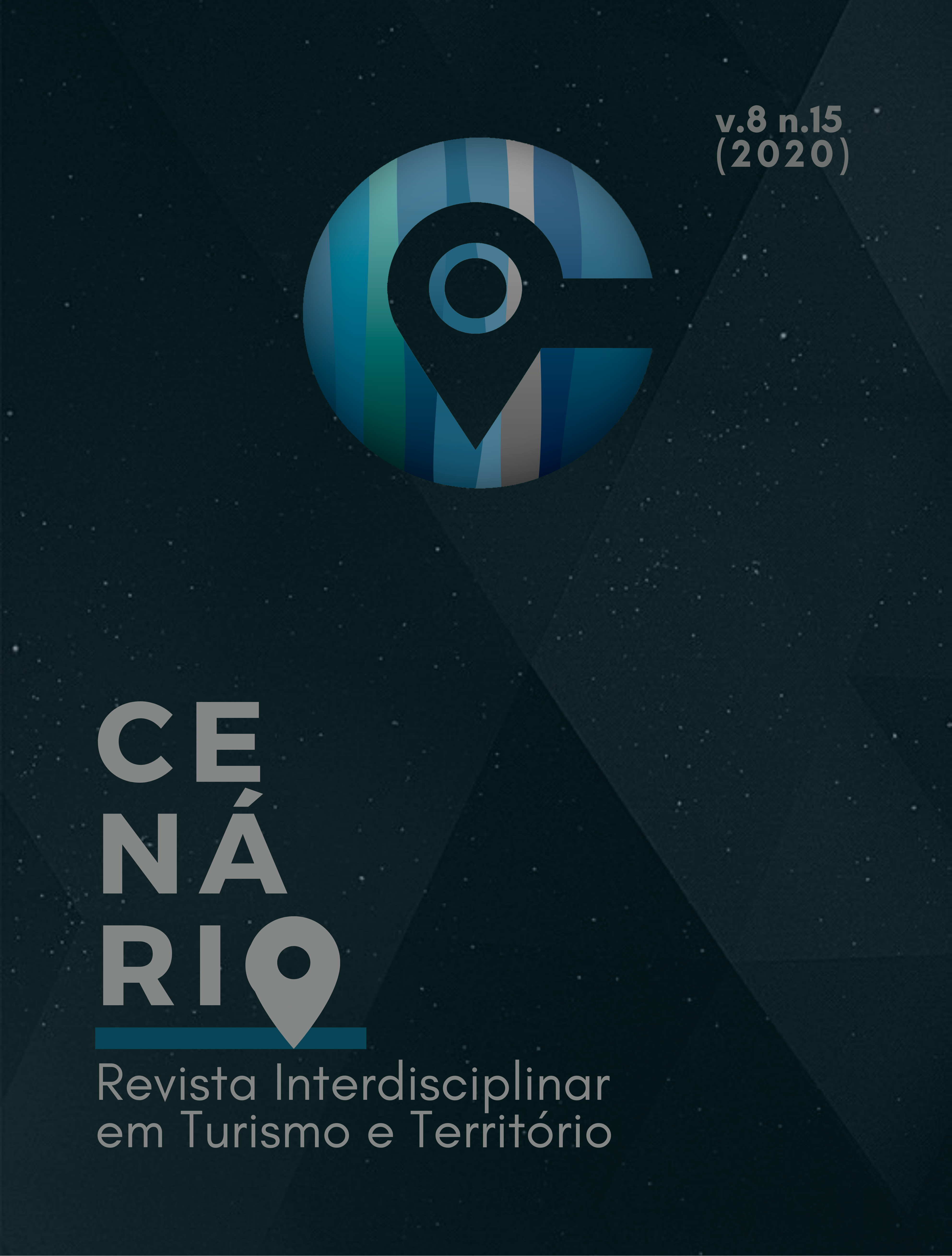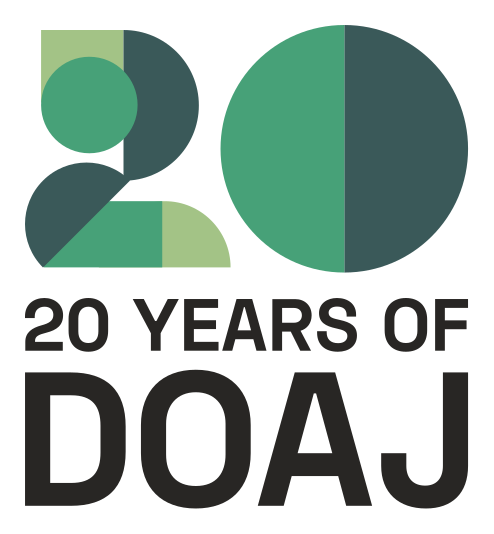Subjective value of air miles
a theoretical-conceptual approach
DOI:
https://doi.org/10.26512/revistacenario.v8i15.30932Abstract
Loyalty programs have proliferated over the last decades, given the number of segments that has adopted this tool as a marketing strategy. Given this context, with the airline industry was no different. This industry has embraced these programs to pursue consumer loyalty, providing customers with the possibility of redemption of premiums and even discounts, not just for airline tickets. In this sense, the aim of this paper was to discuss, based on bibliographic research, the subjective value of air miles, raising questions about the most advantageous ways for customers to exchange their accumulated points based on the concept of saving chips. Among the main results is the need for reflection on the variables that influence the formation of this subjective value through future studies of an empirical and experimental nature.
Downloads
References
BECK, M. Milhas aéreas viram moeda e criam um mercado de R$ 2 bilhões por ano. 2012. Disponível em: https://oglobo.globo.com/economia/milhas-aereas-viram-moeda-criam-um-mercado-de-2-bilhoes-por-ano-6536567. Acesso 05/12/2018.
CASTRO-NETO, J.M.O.; FOXALL, G.R.; SCHREZENMAIER, T.C. Consumer brand choice: individual group analysis of demand elasticity. Journal of The Experimental Analysis of Behavior, v.85, n. 2, p. 147-166, 2006.
DOWLING, G. R.; UNCLES, M. D. Do Customer Loyalty Programs Really Work? Sloan Management Review, v.38, n.4, p. 71-82, 1997.
DREZE, X.; NUNES, J.C. Recurring Goals and Resetting: The Impact of Successful Reward Redemption on Loyalty. Working paper, Wharton, 2008.
DREZE, X.; NUNES, J.C. Feeling superior: the impact of loyalty program structure on consumer´s perceptions of status. Journal of Consumer Research, v.35, p. 890-905, 2009.
EVANSCHITZKY, H.; RAMASESHAN, B.; WOISETSCHALAGER, D. M.; RICHELSEN, V.; BLUT, M.; BACKHAUS, C. Consequences of customer loyalty to the loyalty program and to the company. Journal of the Academy of Marketing Science, v.40, n.5, p. 625-638, 2012.
FOXALL, G. R.; YAN, J.; OLIVEIRA-CASTRO, J.M.; WELLS, V. K. Branded-related and situational influences on demand elasticity. Journal of Business Research, v.66, n.1, p. 73-81, 2013.
FOXALL, G.R. Consumer psychology in behavioral perspective. London and NY: Routledge, 1990.
FRANCESCHINI, A. C. T. Seleção de pacotes de respostas envolvendo ganhos e perdas de tokens com ratos: um estudo experimental dentro da análise do comportamento econômico. Tese (Doutorado em Psicologia) - Universidade de São Paulo, USP, 2016.
GAUGHAN, T.; FERGUSON, R. The Great Value Proposition Debate. Colloquy Talk: The Art and Science of Changing Customer Behavior, Disponível em: https://www.colloquy.com, 2005.
HACKENBERG, T.D. Token reinforcement: a review and analysis. Journal of The Experimental Analysis of Behavior, v.91, n.2, p. 257-286, 2009.
HSEE, C. K.; YU, F.; ZHANG, J.; ZHANG JR Zhang, Y. Medium Maximization. Journal of Consumer Research, v.30, n.1, p.1”“14, 2003.
JOHNSON, K. Loyalty Marketing: Keeping in Contact With the Right Customers. Direct Marketing, v. 62, p.36-42, 1999.
KIVETZ, R.; SIMONSON, I. Earning the Right to Indulge: Effort as a Determinant of Customer Preferences toward Frequency Program Rewards. Journal of Marketing Research, v.39, n. 2, p. 155”“70, 2002.
KREIS, H.; MAFAEL, A. The influence of customer loyalty program design on the relationship between customer motives and value perception. Journal of Retailing and Consumer Services, v.21, p. 590-600, 2014.
LACEY, R.; SUH, J.; MORGAN, R.M. Differential Effects of Preferential Treatment Levels on Relational Outcomes. Journal of Service Research, v.9, n.3, p. 241”“56, 2007.
LOEWENSTEIN, G. F.; WEBER, E. U.; HSEE, C. K.; WELCH, N. Risk as feelings. Psychological Bulletin, v.127, n.2, p.267-286, 2001.
MARINS, D.G; SOUZA DANTAS, J.C; CARVALHO E SILVA, E.M. Percepção dos passageiros no atendimento de suas reclamações: a posição da Azul Linhas Aéreas brasileiras. Revista Hospitalidade. São Paulo, v. 16, n. 01, p. 125-146, 2019
O´BRIEN, L.; JONES, C. (1995). Do Rewards Really Create Loyalty? Harvard Business Review, n.73, p.75-82, 1995
PATTERSON, R. L. A Economia de Fichas. Em: V. E. Caballo (Org.). Manual de Técnicas de Terapia e Modificação do Comportamento. (Trad. M. D. Claudino). Cap. 15, (p. 297-313). São Paulo: Santos, 1996.
ROEHM, M. L.; PULLINS, E. B.; H. ROEHM JR, A. Designing Loyalty-Building Programs for Packaged Goods Brands. Journal of Marketing Research, v.39, n.2, p. 202”“13, 2002.
ROTSHCHILD, M. L.; GAIDIS, W. C. Behavioral Learning Theory: Its Relevance to Markenting and Promotions. Journal of Marketing, v.45, p.70-78, 1981.
SANTIAGO, H. Aéreo representa 76% de resgate de milhas no Brasil. 2017. Disponível em: https://www.panrotas.com.br/noticia-turismo/pesquisaseestatisticas/2017/09/aereo-representa-76-do-resgate-de-milhas-no-brasil_149739.html. Acesso 15/04/2020.
SHARP, B.; SHARP, A. Loyalty programs and their impact on repeat-purchase loyalty patters. International Journal of Research in Marketing, v.14, p. 473-486, 1997.
TOMANARI, G. Y. Reforçamento condicionado. Revista Brasileira de Terapia Comportamental e Cognitiva, v.2, n.1, p. 61-77, 2000.
UDDIN, M. Loyalty Programs: The Ultimate Gift. 2001. DSN Retailing Today, Disponível em: https://findarticles.com/p/articles/mi_m0FNP/ is_5_40/ai_71561019
UNCLES, M.D.; DOWLING, G.R.; HAMMOND, K. Customer loyalty and customer loyalty programs. Journal of Consumer Marketing, v.20, n.4, p. 294-316, 2003.
YI, Y.; JEON, H. Effects of loyalty programs on value Perception, program loyalty and brand loyalty. Journal of the Academy of Marketing Science, v.31, n.3, p. 229-240, 2003.
Downloads
Published
How to Cite
Issue
Section
License
Copyright (c) 2020 Cenário: Revista Interdisciplinar em Turismo e Território

This work is licensed under a Creative Commons Attribution-NonCommercial-NoDerivatives 4.0 International License.
1. Proposta de Política para Periódicos de Acesso Livre
Autores que publicam nesta revista concordam com os seguintes termos:
Autores mantém os direitos autorais e concedem a revista o direito de primeira publicação, sendo o trabalho simultaneamente licenciado sob a Creative Commons Attribution License o que permite o compartilhamento do trabalho com reconhecimento da autoria do trabalho e publicação inicial nesta revista.
A contribuição é original e inédita, e não está sendo avaliada para publicação por outra revista.
Autores cedem os direitos de autor do trabalho que ora apresentam a apreciação do Conselho Editorial da Revista Cenário, que poderá veicular o artigo na Revista Cenário e em bases de dados públicas e privadas, no Brasil e no exterior.
Autores declaram que são integralmente responsáveis pela totalidade do conteúdo da contribuição que ora submetem ao Conselho Editorial da Revista Cenário.
Autores declaram que não há conflito de interesse que possa interferir na imparcialidade dos trabalhos científico apresentados ao Conselho Editorial da Revista Cenário.
Autores têm autorização para assumir contratos adicionais separadamente, para distribuição não-exclusiva da versão do trabalho publicada nesta revista (ex.: publicar em repositório institucional ou como capítulo de livro), com reconhecimento de autoria e publicação inicial nesta revista.
Autores têm permissão e são estimulados a publicar e distribuir seu trabalho online (ex.: em repositórios institucionais ou na sua página pessoal) a qualquer ponto antes ou durante o processo editorial, já que isso pode gerar alterações produtivas, bem como aumentar o impacto e a citação do trabalho publicado.











